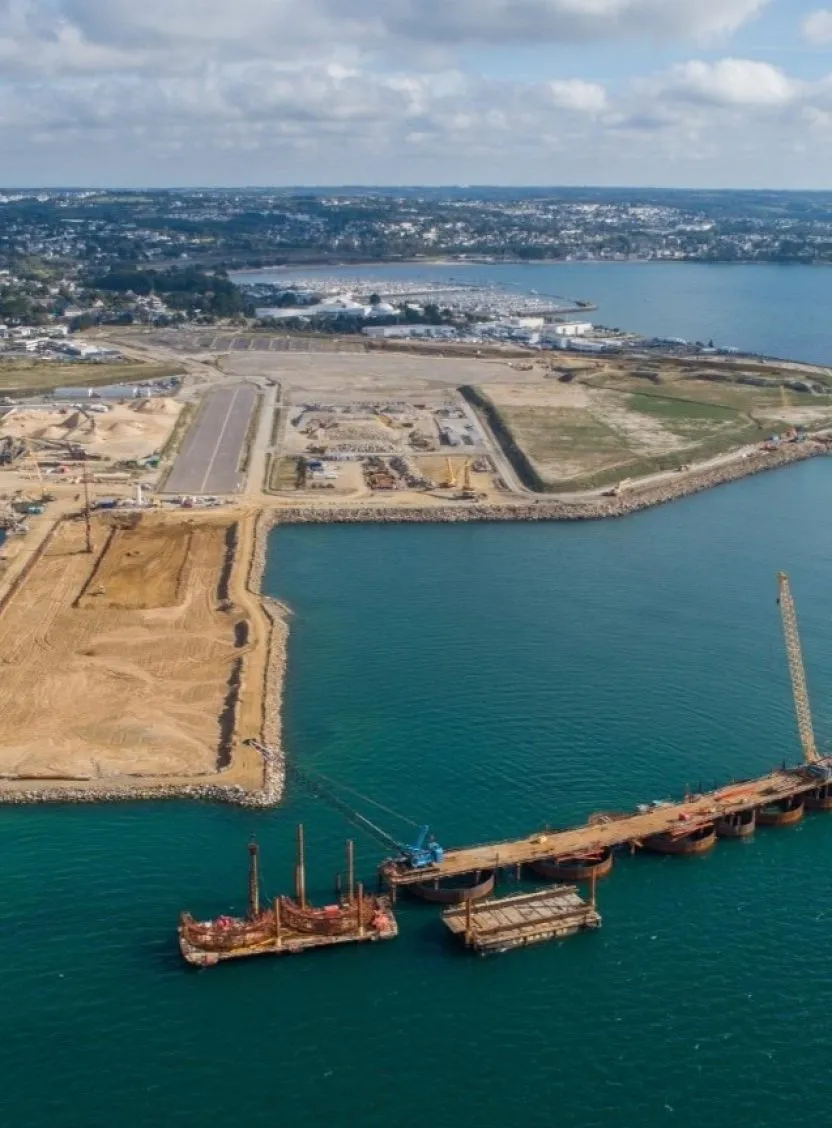
For the urbain intermodal transport project (including a high-speed line station), the Nîmes Métropole authorities decided to implement ground source heat pumps (GSHP).
Setec led the feasibility studies based on the results of 2 exploration bores and developed a thermal and hydrodynamic model which enabled to determine the critical flow rate of the installations (40m³/h) and the maximum overall flow rate to be sourced from ground water (80 m3/h).


